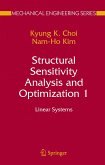
Gebundenes Buch
Linear Systems
2005 edition
8. Dezember 2004
Springer / Springer New York / Springer, Berlin
10949825,978-0-387-23232-4
| Broschiertes Buch | 165,99 € | |
| eBook, PDF | 169,95 € |
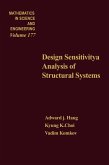
eBook, PDF
1. Mai 1986
Elsevier Science & Techn.
Broschiertes Buch
Linear Systems
Softcover reprint of hardcover 1st edition 2005
6. Dezember 2010
Springer / Springer New York / Springer, Berlin
978-1-4419-2006-5
eBook, PDF
30. Dezember 2006
Springer US
Ähnliche Artikel
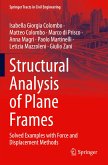
Broschiertes Buch
Solved Examples with Force and Displacement Methods
2023
14. August 2024
Springer / Springer Nature Switzerland / Springer, Berlin
978-3-031-35269-0
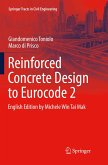
Broschiertes Buch
Softcover reprint of the original 1st ed. 2017
8. Mai 2018
Springer / Springer International Publishing / Springer, Berlin
978-3-319-84802-0
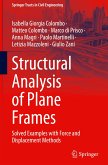
Gebundenes Buch
Solved Examples with Force and Displacement Methods
2023
13. August 2023
Springer / Springer Nature Switzerland / Springer, Berlin
978-3-031-35266-9
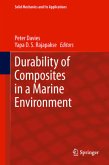
Gebundenes Buch
Repr.
18. November 2013
Springer / Springer Netherlands
978-94-007-7416-2
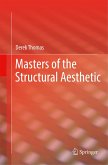
Broschiertes Buch
Softcover reprint of the original 1st edition 2018
1. Februar 2019
Springer / Springer Nature Singapore / Springer, Berlin
978-981-13-5400-7
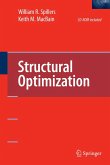
Gebundenes Buch
2009 edition
24. Juni 2009
Springer / Springer US / Springer, Berlin
12092277,978-0-387-95864-4
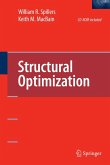
Broschiertes Buch
Softcover reprint of the original 1st ed. 2009
23. August 2016
Springer / Springer US / Springer, Berlin
978-1-4899-7774-8
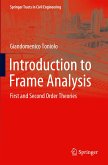
Broschiertes Buch
First and Second Order Theories
1st edition 2019
14. August 2020
Springer / Springer International Publishing / Springer, Berlin / Zanichelli
978-3-030-14666-5

Gebundenes Buch
First and Second Order Theories
1st edition 2019
6. Juni 2019
Springer / Springer International Publishing / Springer, Berlin / Zanichelli
978-3-030-14663-4
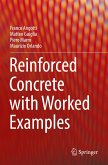
Broschiertes Buch
1st edition 2022
9. Juni 2023
Hoepli / Springer / Springer International Publishing / Springer, Berlin
978-3-030-92841-4
Ähnlichkeitssuche: Fact®Finder von OMIKRON
